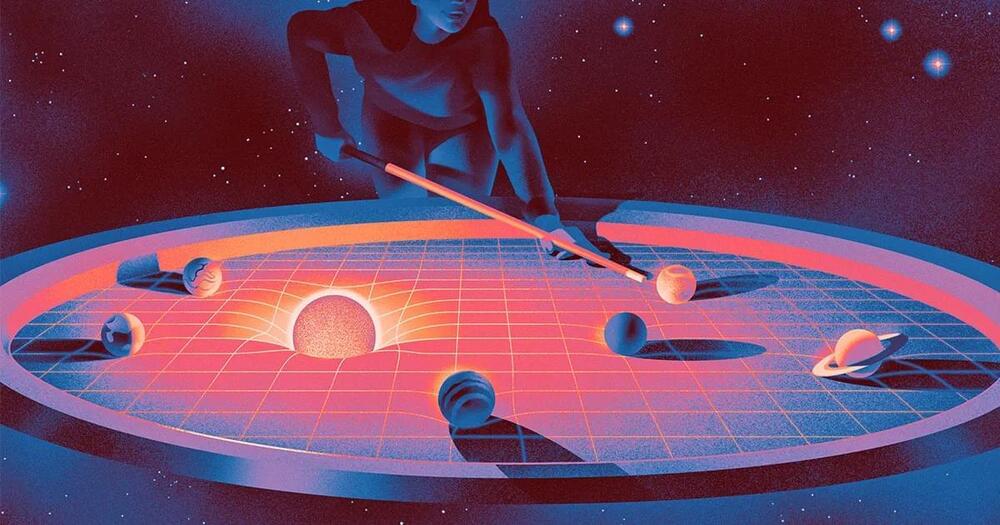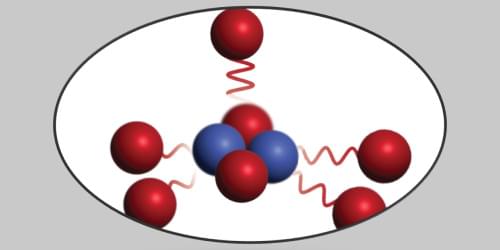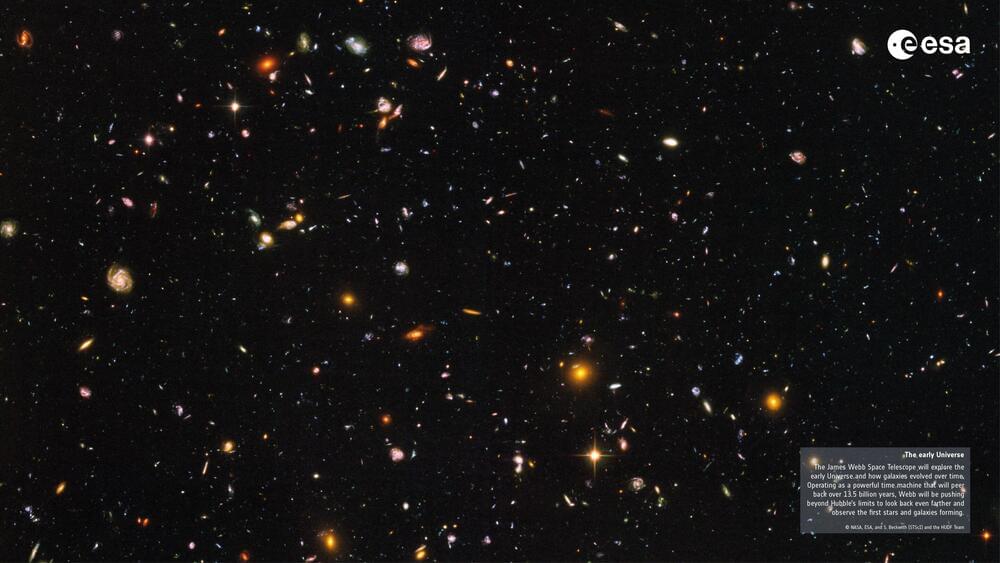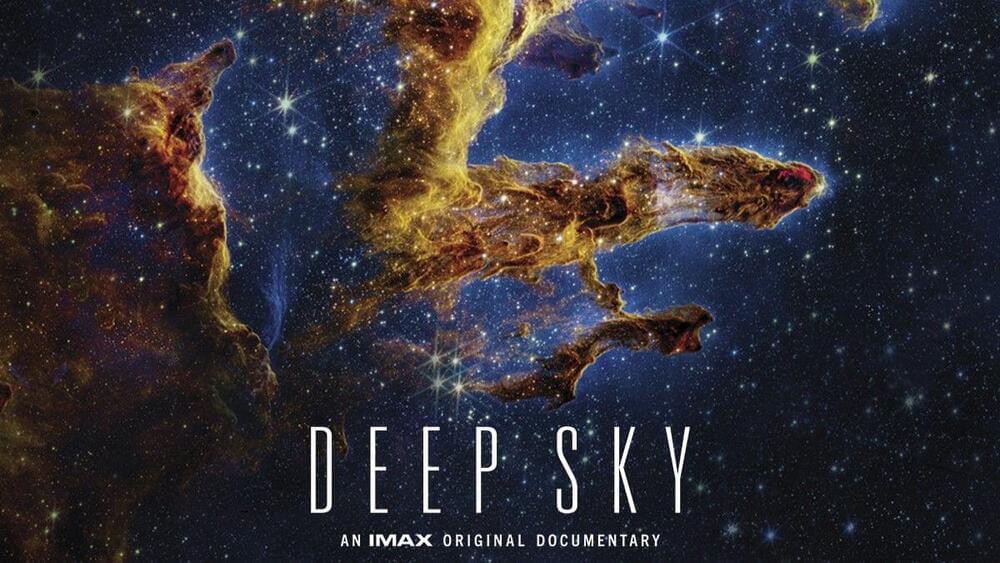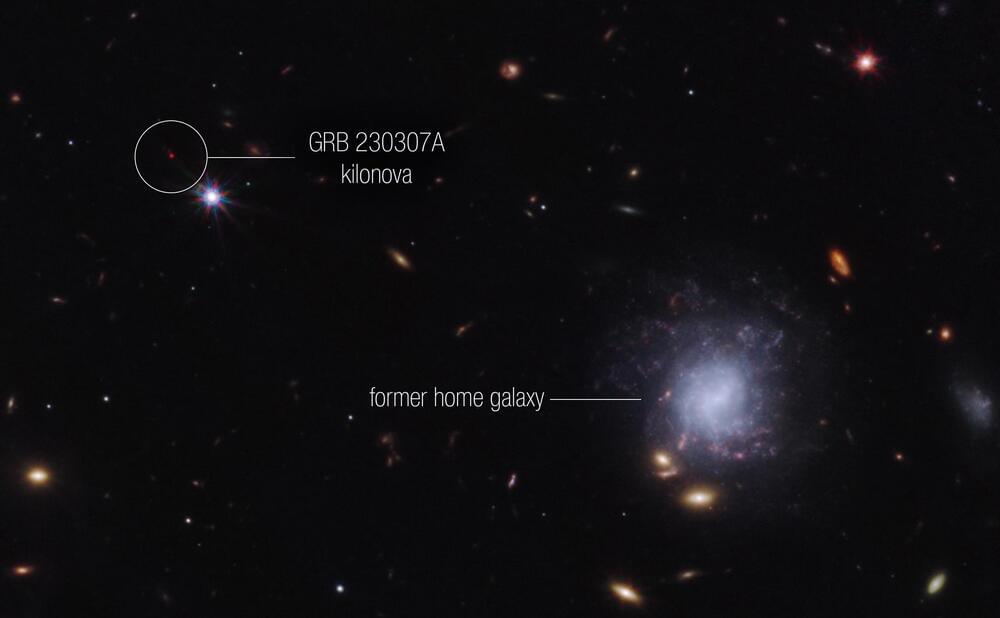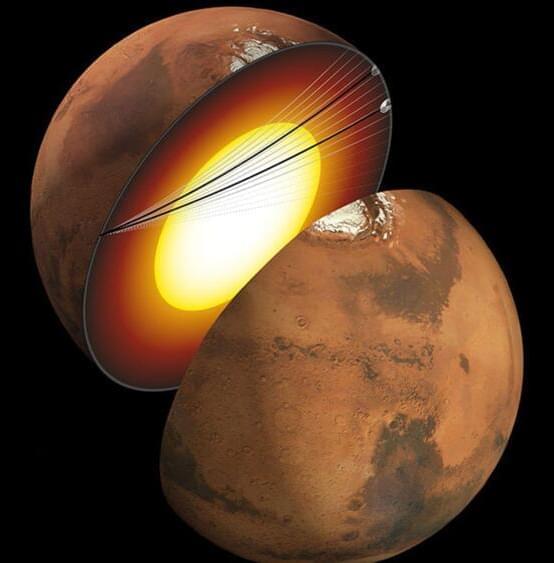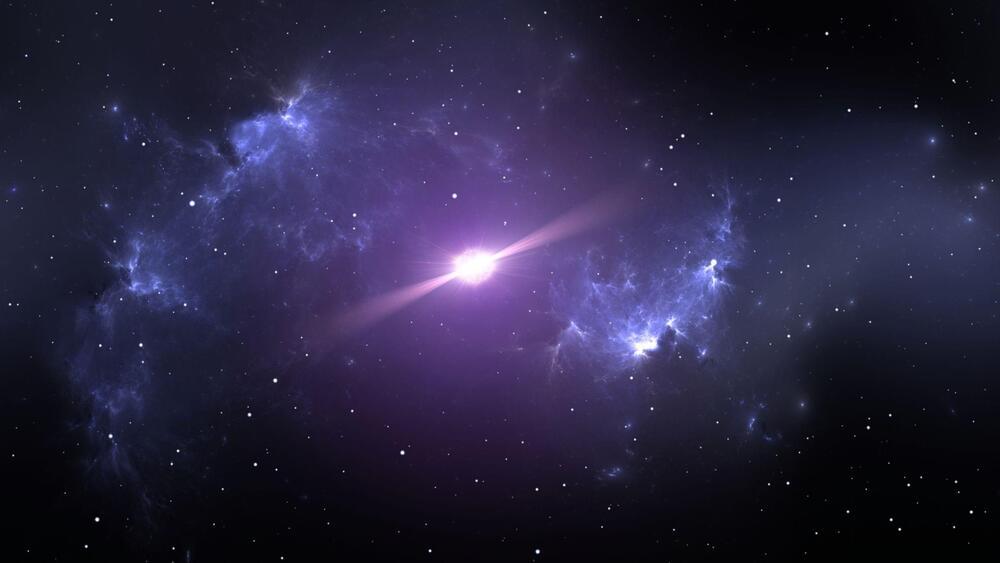Oct 30, 2023
Minnesota Man Sets World Record With 2,749-Pound Pumpkin
Posted by Quinn Sena in category: space
Travis Gienger is a talented gourd-grower, and he’s used to earning accolades for his colossal pumpkins. Since 2020, he’s won three of the past four World Championship Pumpkin Weigh-Off competitions—and this year’s entry topped them all. Weighing in at 2,749 pounds, Gienger’s gourd has set a new world record for the heaviest pumpkin.
Nicknamed “Michael Jordan,” the pumpkin took the crown during the annual championship in Half Moon Bay, California, this week, reports Heidi Raschke of Minnesota Public Radio (MPR). It easily beat out last year’s champion—Gienger’s own 2,560-pounder, which set a new North American record and which he later turned into the world’s largest jack o’lantern.
“I was not expecting that. It was quite the feeling,” says Gienger, a 43-year-old landscape and horticulture teacher at Anoka Technical College, to the Associated Press (AP). He has been growing pumpkins since he was a teenager, following in the footsteps of his father.


